How Termite Control Services Safeguard Your Home’s Structure
Termites, often called the “silent destroyers,” can quietly compromise the structural integrity of your home, leading to costly repairs and stress for homeowners. Understanding how these pests operate and taking proactive measures is essential to protecting your investment. In this article, we’ll explore the strategies termite control services use to safeguard your home, from early detection and inspections to chemical treatments and baiting systems. By learning these methods, you can stay one step ahead of infestations and ensure your home remains safe, strong, and termite-free.
Inspect and Detect Termite Activity
Regular visual inspections form the cornerstone of effective termite management. By routinely checking for signs of infestation, homeowners can catch potential issues before they cause significant damage. These inspections often involve looking for common indicators like mud tubes, discarded wings, and hollow-sounding wood. Experienced inspectors are trained to notice subtle signs that untrained eyes might miss, making their role critical in a home's maintenance. Regular inspections also provide peace of mind, ensuring you're not sharing your home with these destructive pests.
Recognizing signs of termite infestation is vital for timely intervention. Some of the primary indications include swarms of winged insects, mud tubes along walls, and soft or hollow-sounding timber. Damage isn't always immediately visible, which is why understanding these signs is critical to prevent extensive damage. According to This Old House, the level of damage caused by termites varies by species, but all termites contribute to major destruction, impacting roughly 600,000 U.S. homes each year. Staying informed helps homeowners take swift action to address problems before they escalate.
While homeowners can take preliminary steps, professional assessments for termite control are indispensable. Qualified inspectors bring experience and advanced detection tools to thoroughly evaluate potential problems. Professionals also provide guidance on appropriate treatment options tailored to your situation. Their expertise can effectively differentiate between types of termite species, which is crucial since different species cause varying levels of damage. Investing in professional assessments ensures that your termite management strategy is both comprehensive and effective.
Setting up a routine inspection timeline for termite control is a proactive measure for termite management. Regularly scheduled inspections help in maintaining a consistently monitored home environment. Many experts suggest bi-annual inspections to catch any signs of infestation early. By maintaining a routine, you reduce the chance of surprise infestations that can result in costly repairs. A timeline helps homeowners remain accountable and ensures that protection measures remain up-to-date and effective.
Apply and Manage Chemical Treatments
Chemical barrier treatments for termite control serve as an effective line of defense against termites. These treatments involve the application of liquid chemicals around a home’s perimeter to create a barrier that repels or kills termites. The chemicals either act as a deterrent or affect termites upon contact, preventing them from establishing a colony. The key is to use products that are both effective and environmentally responsible. This approach is especially useful for homes that have already shown signs of termite activity.
The application of chemical treatments requires precision and expertise. The chemicals are typically applied to trenches dug around a home or directly injected into soil or wood structures. Professional technicians ensure that the right amount of chemical is delivered to targeted areas for effective results. Proper application minimizes environmental risks while maximizing the treatment's effectiveness. These techniques form an essential part of a comprehensive termite management plan, helping protect against invasions.
The effectiveness and longevity of chemical treatments for termite control can vary based on factors like soil type, climate, and termite species. Typically, a well-applied chemical barrier can protect a home for several years. However, regular inspections are still important to ensure the barrier remains intact. As termite activity fluctuates with the seasons, timely reapplications may be necessary. Homeowners should consult with professionals to understand the lifespan and maintenance requirements of the chosen treatment.
Safety standards are paramount when applying chemical treatments for termites. Regulatory bodies such as the Environmental Protection Agency (EPA) govern the safe use of these chemicals to mitigate environmental risks. Professionals follow strict guidelines to ensure both human and pet safety during and after treatment application. These standards also emphasize the development and use of eco-friendly products. Homeowners can protect their property while being assured of their family's safety.
Choosing the most suitable chemical product for termite control requires an assessment of the specific needs of your home. Factors to consider include local termite species, the extent of the infestation, and any existing home structures. Professionals can recommend products based on the latest research and effective chemical formulations. Engaging with licensed pest control specialists ensures you make an informed choice that fits your termite management goals. With the right product, homeowners can achieve a balance between effectiveness and environmental responsibility.
Deploy and Maintain Baiting Systems
Baiting systems offer an alternative form of termite control that uses strategic placement of bait stations around your home. The concept is simple: termites feed on the bait, which is laced with a slow-acting toxin, ultimately eliminating the colony. This approach targets the root cause of the problem without having to apply chemicals widely, making it an eco-friendly choice. The success of baiting depends on understanding termite behavior and appropriately locating these stations. Over time, baiting can significantly reduce termite populations and prevent future infestations.
Effective bait placement is key to the success of a baiting system. Bait stations are positioned in strategic locations where termites are likely to encounter them. Regular monitoring of these stations is crucial to determine if termites have been found and are feeding on the bait. Depending on the activity, professionals may adjust the bait's location or quantity to enhance effectiveness. This consistent monitoring plays a fundamental role in eliminating termites over the long term.
Knowing how termites behave is fundamental to optimizing bait systems. Termites are attracted to cellulose in wood, which is mimicked by the bait's composition. Bait stations need to be positioned in high-traffic termite areas for maximum effectiveness. The slow-acting nature of the toxin allows termites to feed and return to their colony, spreading the poison over time. Professionals use knowledge of termite foraging patterns to make these bait systems as effective as possible.
Termite bait systems require periodic maintenance and adjustments to remain effective. Regular checks ensure that stations are active and bait is freshly maintained to attract termites. Monitoring allows for timely replenishment and repositioning of stations as needed. Professionals adjust strategies based on feedback from monitoring, refining the method to adapt to changing termite behaviors. Maintaining the effectiveness of the system requires continuous oversight.
Baiting and barrier methods both have distinct advantages and limitations. Barrier treatments offer immediate protection by preventing termite entry, but may not affect established colonies. In contrast, baiting systems work over time, gradually reducing colony strength. Each method's suitability depends on the specific circumstances of an infestation, making professional consultation invaluable. In some cases, a combination of both methods may provide optimal protection for a home.
By understanding and implementing these termite control methods, homeowners can significantly reduce the risk of termite damage to their properties. Partnering with professional termite control services ensures not only the effective application of treatments but also provides peace of mind that your home’s structural integrity is being safeguarded. Vigilance, in combination with expert help, will keep your home standing strong for years to come. While termites pose a substantial threat, informed decisions and proactive maintenance can turn the tide in favor of homeowners. Investing in the stewardship of your home ensures a safe, resilient living space for the future. Reach out to JD Smith Termite & Pest Control to learn more about our services today!
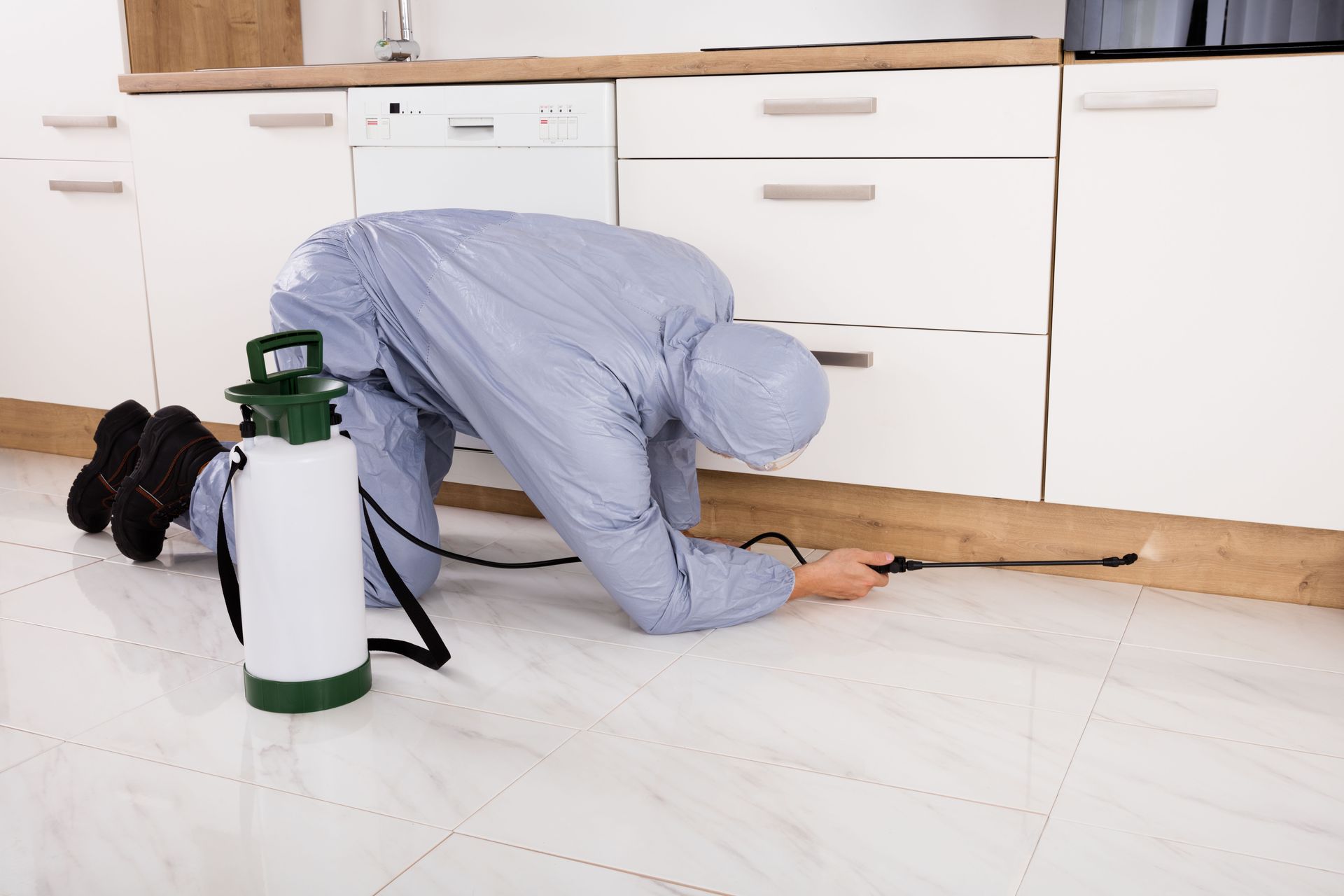
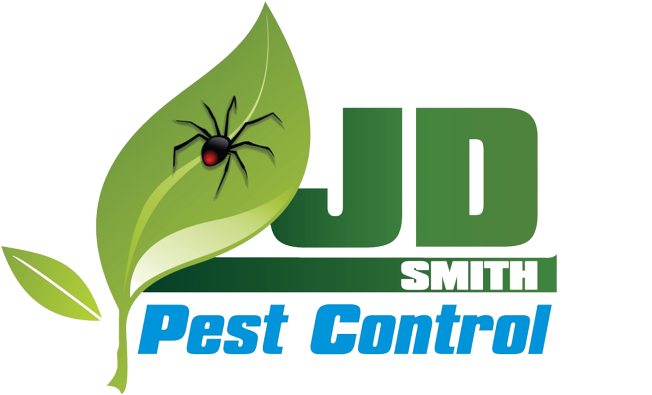
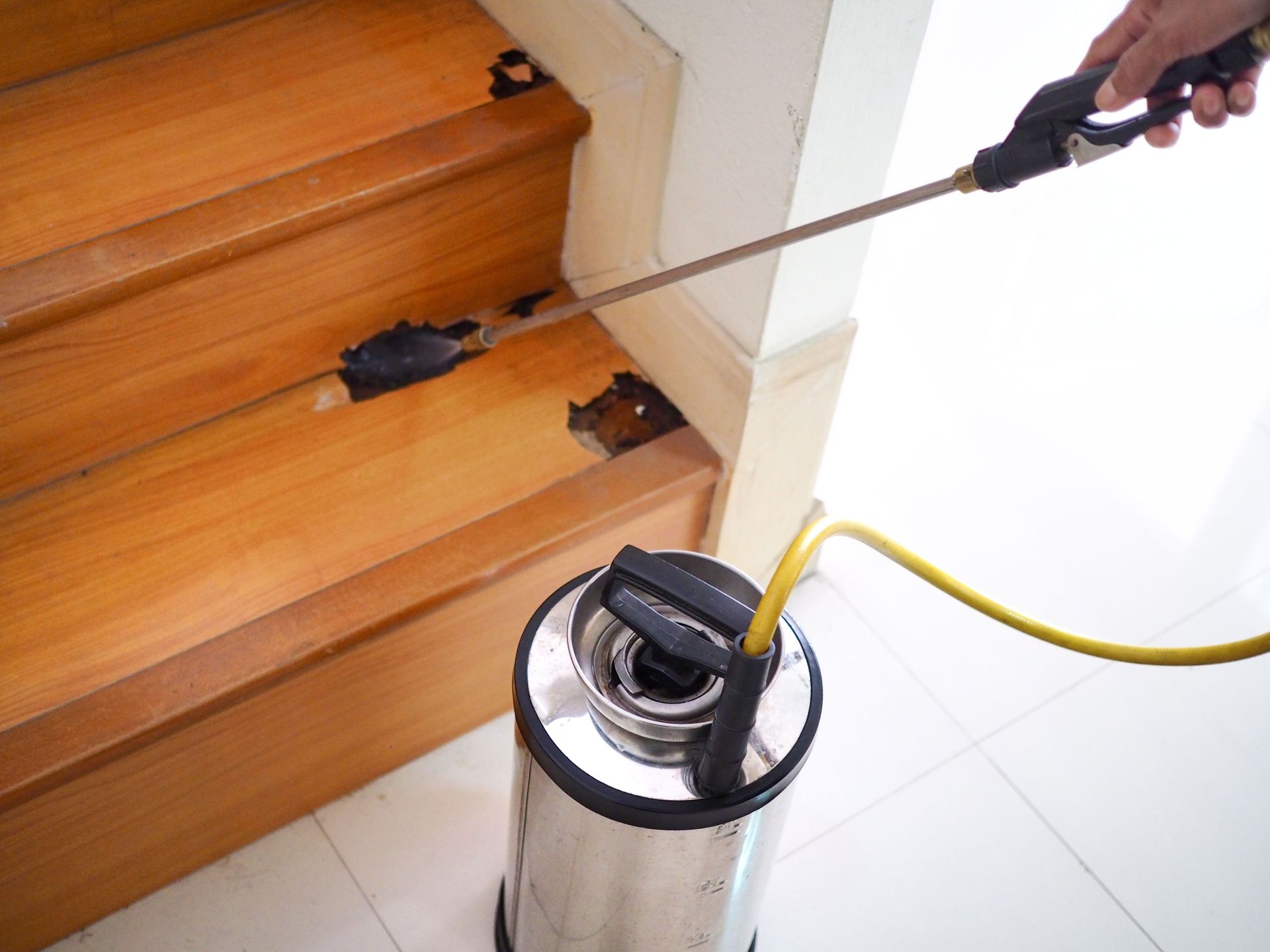
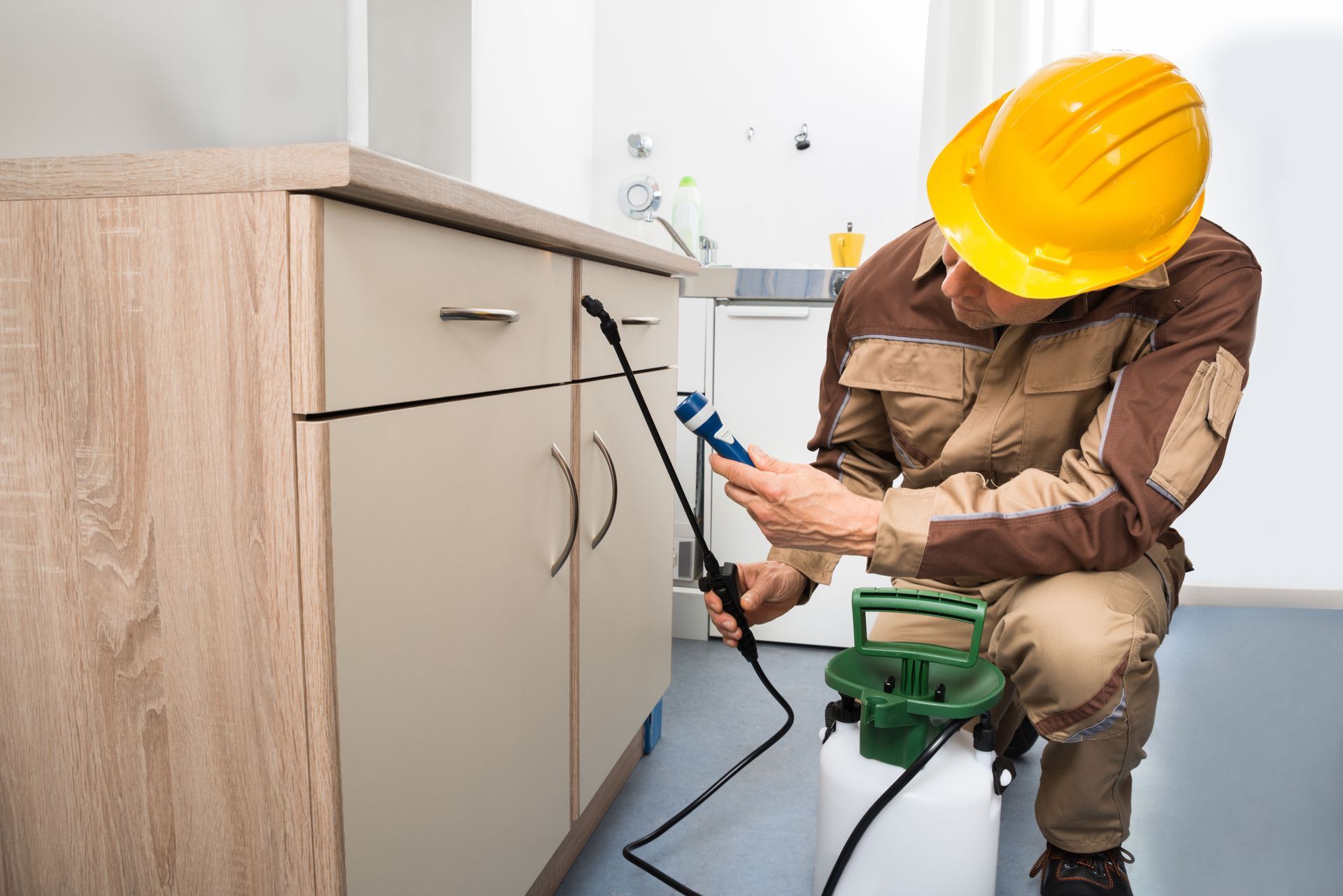
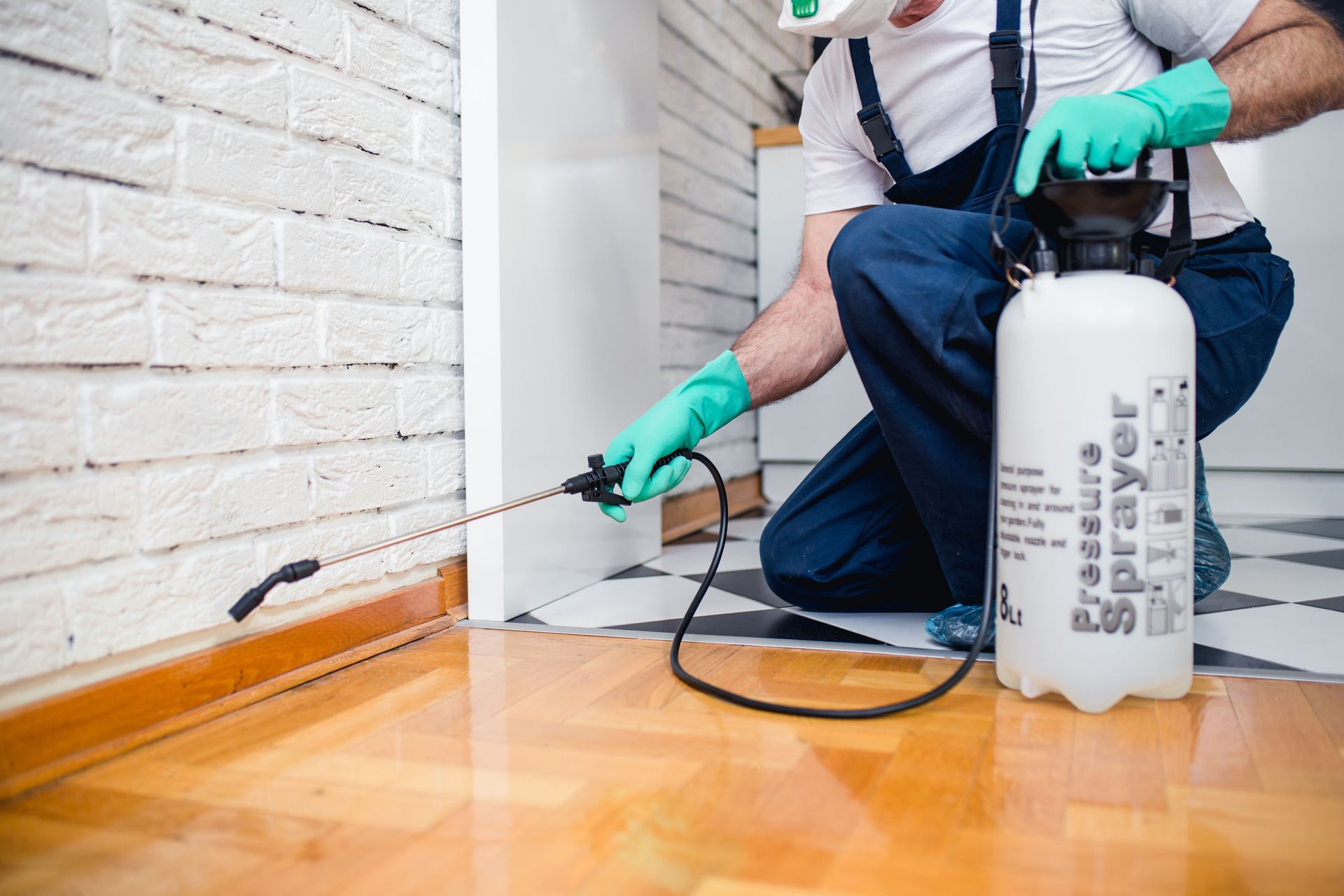
Share On: